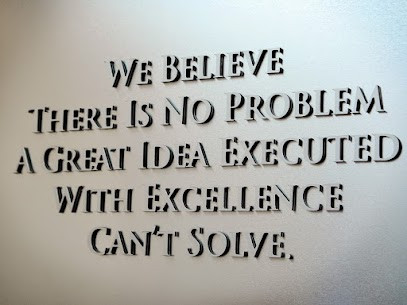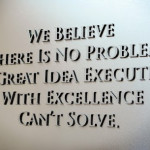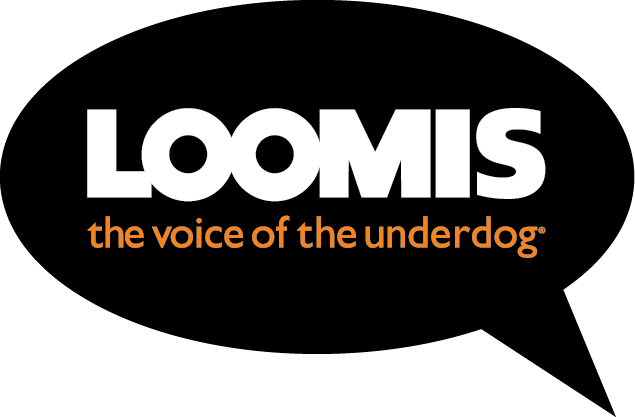The LOOMIS Agency’s Mike Sullivan was featured on Leadershipnow.com.
Recently, the CEO at The LOOMIS Agency was featured on Leadershipnow.com as a contributor writing about how leaders can embody the Challenger Brand traits and be more successful.
Mike Sullivan is president and CEO at LOOMIS, a branding agency in Dallas TX. LOOMIS is also the country’s leading challenger brand advertising agency. For more than 30 years, he’s helped some of the country’s most successful companies build their brands. Michael Tuggle is an award-winning creative director and writer with more than 25 years in the ad world building brands and growing companies and co-author of their book, “The Voice of the Underdog: How Challenger Brands Create Distinction by Thinking Culture First” (BizComPress, 2020).
In their book, Sullivan and Tuggle list 4 traits that an underdog should have.
Trait 1: A Challenger Strategy
To create a new and competitive advantage, challenger brands need to have a marketing strategy that takes on category sameness and one that doesn’t just follow the leader. A challenger strategy will look to change something fundamental.
Trait 2: Make Promises
An authentic agreement with customers that cannot be easily duplicated by competitors is essential. One that comes to mind is Southwest’s “Bags Fly Free” policy. While this could be copied by competitors, none of them have been doing it like Southwest. Southwest was first, and they haven’t wavered. Other airlines are still making customers unhappy every time they have to pay extra for a bag, leading to customer dissatisfaction.
Trait 3: Be Clear About Who You Are
Customers and potential customers should know what your company is and what it is not. Good examples are Red Bull, Motel 6, and Southwest Airlines. These brands are crystal clear about their offer and their promise to customers. By being clear, brands will create brand loyalty and at the same time push away those who don’t want what they have.
Trait 4: Have a Unique Voice
Challenger brand advertising and marketing communications will look and sound different from other brands. In the article, Sullivan and Tuggle say, “Challenger brands are willing to amplify their strategies, brand promises, and statements through a unique voice. Their advertising and marketing communications look and sound different from their competitors. They say different things, make different promises, and command different kinds of attention in the marketplace. The state of readiness in challenger brand leadership not only paves the way for unique and unconventional marketing and advertising, but it also compels customers to seek them out.”
Conclusion
Challenger brands should seek to build a foundation on strategy, promise, statement, and voice. Underdogs win when they fight and do things differently from the top dogs in their categories. Challenger brands must be on point when it comes to the fundamentals. You can learn more by reading the article on Leadershipnow.com or by checking out Sullivan and Tuggle’s book, “The Voice of the Underdog: How Challenger Brands Create Distinction by Thinking Culture First.” (BizComPress, Aug. 10, 2020).



























